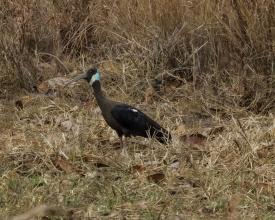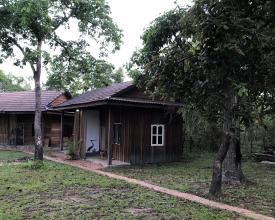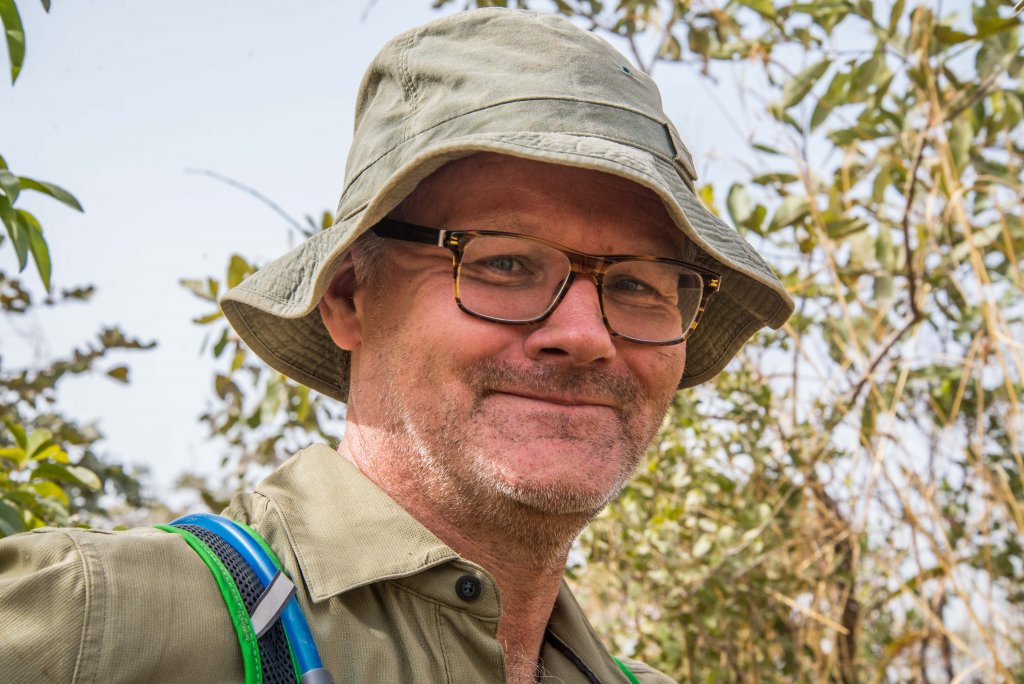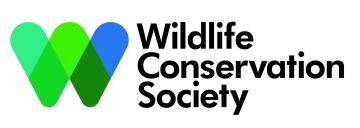
Beneficios del ecoturismo en Camboya
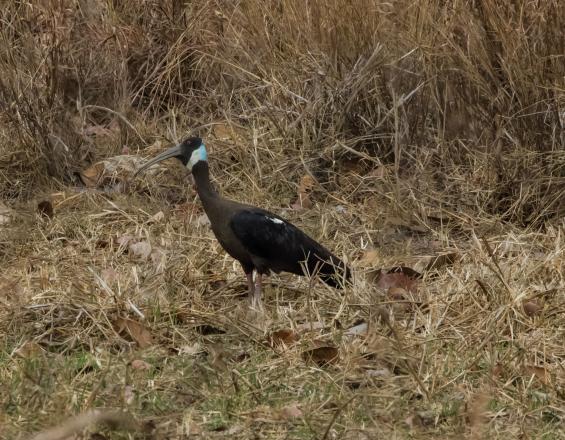
A través del ecoturismo, la WCS, las autoridades de los parques, las empresas y las comunidades protegen especies amenazadas de importancia mundial en el norte de Camboya. Estas empresas generan ingresos suficientes para que la población local cambie su comportamiento hacia formas más respetuosas con la vida salvaje, al tiempo que aumentan su riqueza. Las comunidades gestionan los alojamientos ecológicos y proporcionan empleo. Un pago comunitario directamente vinculado a la conservación es un gasto discrecional para el comité de la aldea.
Contexto
Défis à relever
En el sudeste asiático, las zonas protegidas se han considerado a menudo tierras de libre acceso. La consiguiente falta de gestión ha permitido la extracción destructiva y ha limitado la capacidad de las comunidades para proteger los recursos de los que dependen.
La mayoría de la población local se dedica a la agricultura de subsistencia. Por ello, el proyecto tenía que demostrar cómo incorporar el ecoturismo a la planificación del uso de la tierra en las aldeas. Para cambiar comportamientos y actitudes, había que centrarse en demostrar que la conservación puede traducirse en mejoras tangibles de los medios de subsistencia y el bienestar de la comunidad.
Ubicación
Procesar
Resumen del proceso
Un pago comunitario directamente vinculado a la conservación -si el turista no ve las especies seleccionadas no paga- es un gasto discrecional para el comité del pueblo que refuerza la institución y la presión social sobre el cumplimiento. WCS realiza un seguimiento independiente del cumplimiento de una serie de normas respetuosas con la fauna y los planes de uso de la tierra acordados. La elaboración de estos planes supuso garantizar la tenencia de la tierra y los derechos de los usuarios a las comunidades del parque anteriormente privadas de sus derechos. El operador turístico Sam Veasna Centre (SVC), creado por la WCS hace más de 10 años pero ahora independiente, comercializa los parajes a turistas internacionales en su mayoría en virtud de un acuerdo exclusivo. SVC es rentable y ahora realiza importantes inversiones anuales en conservación. Esta demostración del valor del parque más allá de su biodiversidad, y el compromiso sensato con políticos, altos funcionarios y medios de comunicación, garantizan que el apoyo al parque siga siendo alto.
Bloques de construcción
Mejora de la planificación y la coordinación
Factores facilitadores
Lección aprendida
Generación de ingresos y acceso a los mercados
Factores facilitadores
Lección aprendida
Compromiso político y promoción
Demostrar el valor del área protegida, la implicación de la comunidad y la conservación es importante para alinear el proyecto con los imperativos políticos y burocráticos. Las autoridades provinciales han reconocido este proyecto como un ejemplo de buenas prácticas, sobre todo en lo que respecta a la zonificación comunitaria. El método se ha reproducido en otras comunidades de la zona protegida, y el Director Provincial del Ministerio de Medio Ambiente también ha aconsejado aplicarlo en otros santuarios de fauna salvaje.
Una asociación con el Centro Sam Veasna para la Conservación (SVC), una ONG camboyana, ha aportado su experiencia en la promoción del turismo responsable. SVC ha garantizado la promoción del proyecto de ecoturismo entre los turistas nacionales e internacionales, además de apoyar la logística de las visitas turísticas. SVC también trabaja con la comunidad local para capacitarla en la prestación de servicios turísticos.
Factores facilitadores
- El Ministerio de Medio Ambiente reconoce a la comunidad como comité comunitario emblemático, permitiéndole asistir y hacer presentaciones en varios talleres por todo el país para compartir sus experiencias.
- La existencia de una ONG local en el destino turístico más popular de Camboya (Siem Reap) con el objetivo de promover medios de vida sostenibles alternativos al ecoturismo para las comunidades locales en lugares prioritarios para la conservación supuso un socio natural para el proyecto.
Lección aprendida
Responder a los imperativos políticos y burocráticos, como demostrar el valor de los parques más allá de la biodiversidad. Garantizar un mayor apoyo político -o una menor interferencia- elevando el perfil y el estatus del parque y de las empresas de conservación entre las comunidades y la sociedad civil, de modo que las fuerzas políticas y burocráticas respondan a ese apoyo.
Impactos
- Aumento de las poblaciones de fauna silvestre en peligro de extinción, en particular de aves endémicas: el número de polluelos de ibis de hombros blancos emplumados con éxito ha pasado de 4 en 2008 a 55 en 2016.
- Mejora de los ingresos procedentes del turismo: los ingresos anuales totales de la comunidad por la prestación de servicios han pasado de 6922 dólares en 2009 a 18 523 dólares en 2016
- Diversificación de las fuentes de ingresos: mejora la resiliencia económica y social
- Contribución a la mejora de las instalaciones comunitarias: se ha ingresado un total de 38 546 dólares en el fondo de desarrollo comunitario procedentes de pagos dependientes de la conservación desde el inicio del proyecto en 2008
- Proyecto reconocido por el Gobierno como ejemplo de buenas prácticas: recibió una medalla del Ministro de Medio Ambiente
- Gran apoyo político al Santuario de Vida Silvestre de Kulen Promtep
- Mayor concienciación de la comunidad sobre las especies amenazadas y cambios positivos en las actitudes hacia la conservación: alrededor del 40% de la comunidad participa en la iniciativa.
- Participación de la comunidad en la identificación de las causas de la deforestación: los miembros vigilan los árboles nido.
- Varias comunidades de la zona protegida y de otras zonas protegidas de Camboya han visitado el proyecto para aprender de sus éxitos.
Beneficiarios
Comunidad local, grupo étnico minoritario Kuy, mujeres
